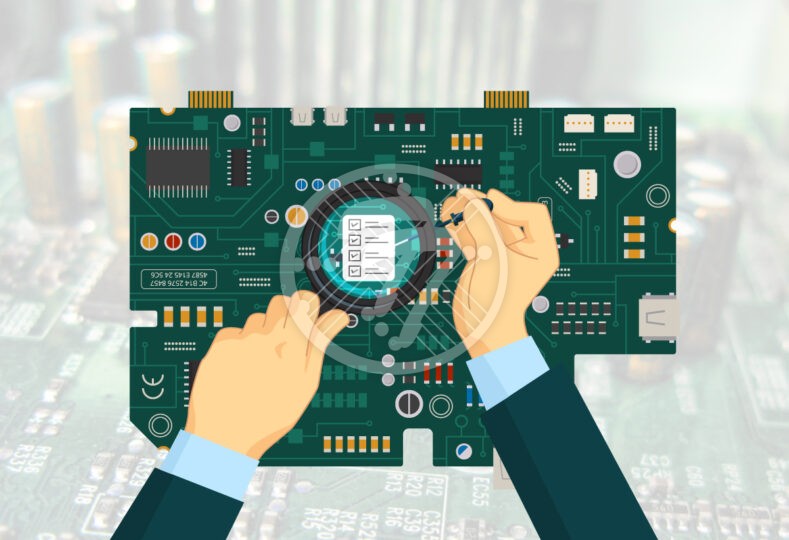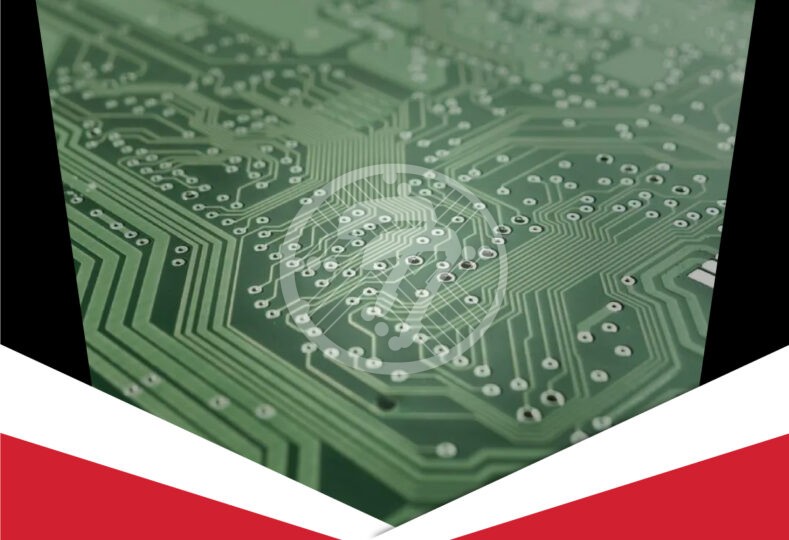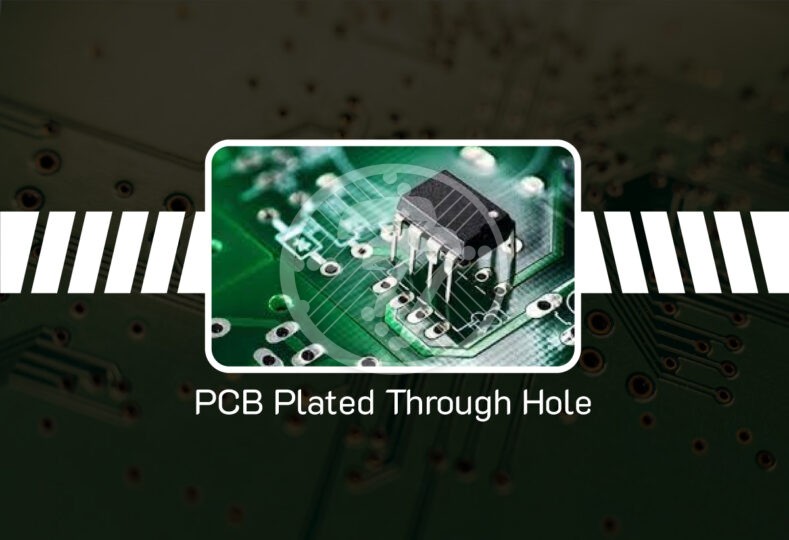Look inside the PCB RFQ process for contract electronics manufacturing!

PCB manufacturing is a collaborative work between OEMs and Contract Electronics Manufacturers (CEM). Once the product design is completed, OEMs generally hire a contract manufacturer for PCB fabrication and assembly services. Most CEMs offer a wide range of facilities like PCB manufacturing, turnkey assembly, testing, and shipment. As there are several CEMs available in the market, choosing the right contract manufacturer is the key to a successful product launch. The Request for Quote (RFQ) is an important process in inviting the top contract manufacturers and evaluating their service competence.
Before proceeding with PCB fabrication, you need a PCB quote that can estimate the cost, time, and capabilities of a CEM in delivering the PCB product. The quote can be for partial service or complete design, manufacturing, and testing of the final product. OEMs have to mention their product specifications, target build volume, and expected delivery timelines while requesting quotes from the CEMs. The RFQ process is beneficial for both parties as OEMs get the best pricing with assured quality and CEMs can demonstrate their value to potential customers.
To obtain accurate quotes from the CEMs, you have to share your design documents and product information. You may sign an NDA with the CEM before disclosing such details. Also, it is recommended to initiate a Request For Information (RFI) from the CEMs before proceeding with RFQ. The RFI is a list of questions to gather data from the service providers such as:
- How many years of domain expertise do they have?
- What skillsets and technical capabilities do they possess?
- What build volume they can support?
- What industry certifications do they have?
- What customer support do they offer?
- What is their payment policy?
These questions will help you in narrowing down the possible CEM list. Proceed with the RFQ process to pick the best service provider for your product build.
RFQ Process in PCB manufacturing:
In the RFQ process, OEMs can invite quotes from top CEMs and finalize the best service provider based on pricing, expertise, and customer support. The first step is to outline your product specification with details including design complexity, board dimensions, and materials required. If CEM is expected to procure the components, then share your complete BoM and approved vendor list. You must include Gerber files, laminate specifications, and assembly drawings for fabrication and assembly services. Test procedure documents and quality criteria are essential for inspection and testing support.
To plan the build volume and production schedule, ask for the Minimum Order Quantity (MOQ) expected by the CEM. This may vary from one contract manufacturer to another. Specify your projected build quantity per year and check for the assembly line availability. Some CEMs support high-mix, low-volume production. This can be beneficial during the prototype stage of your product development. You have to check for the sourcing network of the contract manufacturer. Having multiple vendors for critical components is essential. An accurate BoM can help your CEM to plan the procurement of long-lead components in time.
You would require industry certifications for selling your products in certain geographical locations like ‘FCC’ and ‘UL’ in the US, ‘CE’ in Europe, etc. Also, the products built for special applications like medical devices, satellite and aerospace systems (IPC Class 3/3A) have to certify with industry-specific standards. Mention your product application in the RFQ package as CEMs can suggest the necessary regulations to comply with and support you in obtaining those certifications.
Each contract manufacturer offers different pricing based on their skill set, labor cost, workstation expenses, factory location, etc. Further, your budget may be impacted by the material cost, tooling cost, certification charges, packaging and shipment expenses, and non-recurring engineering costs. Prepare an initial budget and determine the selling price of your product. Share your baseline estimate with the CEM and ask them for a cost structure that suits your budget.
Once you share the RFQ package, CEM provides a work proposal with a quotation breakdown for each service. The quote also includes payment terms and conditions. You can pick your contract manufacturer based on the best quote received.
RFQ best practices in contract electronics manufacturing:
The common industry practice is to choose a service provider based on internal research or peer references. But in contract electronics manufacturing, an unbiased and systematic approach is recommended. A product lifecycle involves years of partnership with your contract manufacturer. RFQ process is key in picking the right partner for your electronics manufacturing. Some of the best practices in the RFQ process for contract electronics manufacturing are:
- Understand the contract service requirements and prepare a document with complete and accurate details of your product.
- Send RFI to a list of potential contract manufacturers who have domain knowledge of your product technology.
- Know the general formats of quotations shared by the CEMs. Go through the quote in detail to identify inflated pricing or any hidden charges.
- Do a detailed background check to identify CEMs who can deliver on time and with expected quality. Invite only consistent performers for the first meeting.
- As an OEM, you have to drive the meeting with a planned agenda that covers your project requirements. Ask your CEM to provide a detailed workflow for the services required.
- Find the top 3-4 CEMs aligning with your business requirements, budget, and timelines. A team with relevant stakeholders (design, supply chain, finance, etc) should decide on the best CEM to hire.
- Build a good rapport with your CEM and communicate your work expectations at the beginning itself. Define the metrics to evaluate their performance. Ensure clear accountability of each task and document it.
Before signing the contract, negotiate the program’s ROI and final cost. You can use different assessment tools available in the market to evaluate your RFQ process.
Conclusion:
RFQ document is pivotal in contract electronics manufacturing. It outlines your service requirements to the potential CEMs. Include all the conditions related to the service level agreement, renewal options, payment terms, and delivery forfeits in the contract as it serves as an authorized document for the services you requested. The RFQ process helps you to find qualified CEMs by projecting your product roadmap, technical requirements, and time-to-market schedule.
Electronics contract manufacturing is a complete manufacturing process where you can get all-in-one services. Technotronix is an ISO 9001:2015 Certified and AS9100 registered company with state of art manufacturing plant, highly trained workforce, industrial-leading equipment, automated tooling and commitment to quality. Request a quote for your any kind of requirements, you can also email us at [email protected] or call us at 714/630-9200.









